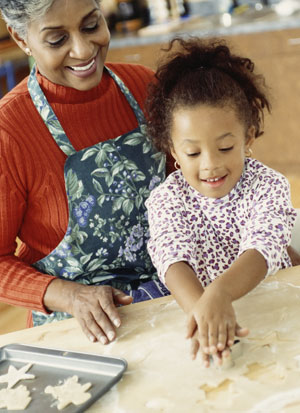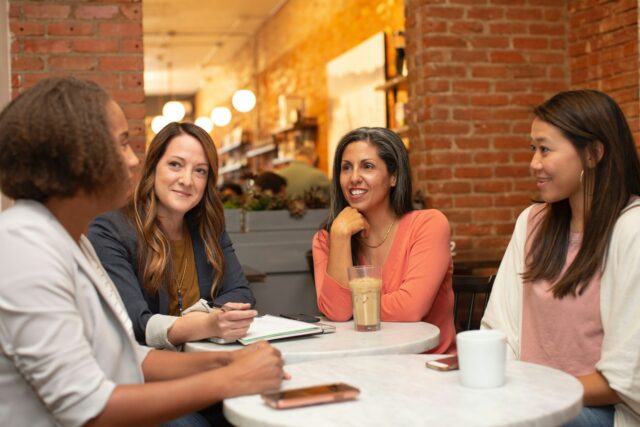Attachment. Is it really a good thing?
By: Other | February 19, 2014

Written by Fabiola Figueroa, Ph.D.
We as a society grow attached to many things. We initially attach to our caregivers when we are very young. However, as we grow up, we start being conditioned to attach to not only people, but to materials, to memories, to celebrities, to ideas, to places, to opinions, to experiences, etc….
We tend to attach to a lot of things as if we were genetically made from Velcro. Why is that? It’s a curious thing. Has anyone ever wondered if there has been a time someone said, “I am attached to promoting human rights”? Attachment theory is the original work of John Bowlby and Mary Ainsworth, in which both explain and expand on the concept of how a young infant becomes attached to his or her mother-figure and how attachment can become disrupted. The idea of a “secure attachment” is when the mother is sensitive to her baby’s needs and has clear communication with her child. Attachment theory has been applied and researched on caregivers and their young. However, there has not been much written or researched on attachment to “things”, “memories”, or “unhealthy behaviors”. It would behoove us as a society to know more about why society attaches to material things.
One possible reason for the attachment we as a society have to things, memories, or unhealthy behaviors is conditioning. Human beings are animals that can easily be conditioned over time. Conditioning meaning that when one thing is paired with another thing for a certain period of time, the latter starts to have the same meaning as the original. For example, a young girl is given a jewelry box for her birthday from her grandmother. The little girl has fond memories of playing with the jewelry box with her grandmother and spending quality time together growing up. As the little girl gets older, her grandmother becomes older and eventually passes away. This little girl, now an adult, has learned over time to associate the jewelry box with her grandmother, and thus to a feeling of warmth and love. This girl has just developed an attachment to the jewelry box because that represents her grandmother. In such a manner, it would make sense how tangible items come to have their own meanings for us humans.
The power of attachment comes in many forms. There is no doubt that the attachment of a young child to his or her parent-figure carries an emotional and evolutionary meaning. However, attachment to things can be debilitating and it can make us loose the real meaning behind the reason as to why we are attached to it the first place. Applying “non-attachment” principles to our everyday life, I believe, would definitely increase the probabilities of feeling a little more liberated, a little happier, and a little lighter. Life is in constant motion and nothing is ever stagnant. If we attach to the material world, we will be stuck and it will be more challenging to move on. I would encourage this way of thinking to be applied to those attachments of people who have passed. Many people tend to recycle through their grief. The pursuit of happiness can be about understanding that whatever is found in life, can also be lost.
Accepting “non-attachment” is difficult. We can attach to our love of others, but the time comes when we have to let go of the physical. We can then stop being that little Velcro that becomes stuck to everything and has no freedom and start flying through life like a light feather and be free.
If you find yourself feeling “stuck” or believe you have difficulty “letting go”, try to do some exercises in which you visualize what this thing/person represents and internalize that meaning. Then you will be comforted that it is not the thing you are attached to, but the meaning and that is far more valuable to carry on your journey in life than to carry the weight of “attachment”. If you find yourself feeling challenged with grief and having difficulty with loss, please look for professionals in your community that specialize in this area and can help you with guidance when you need it the most. Learn to love without attachment.



